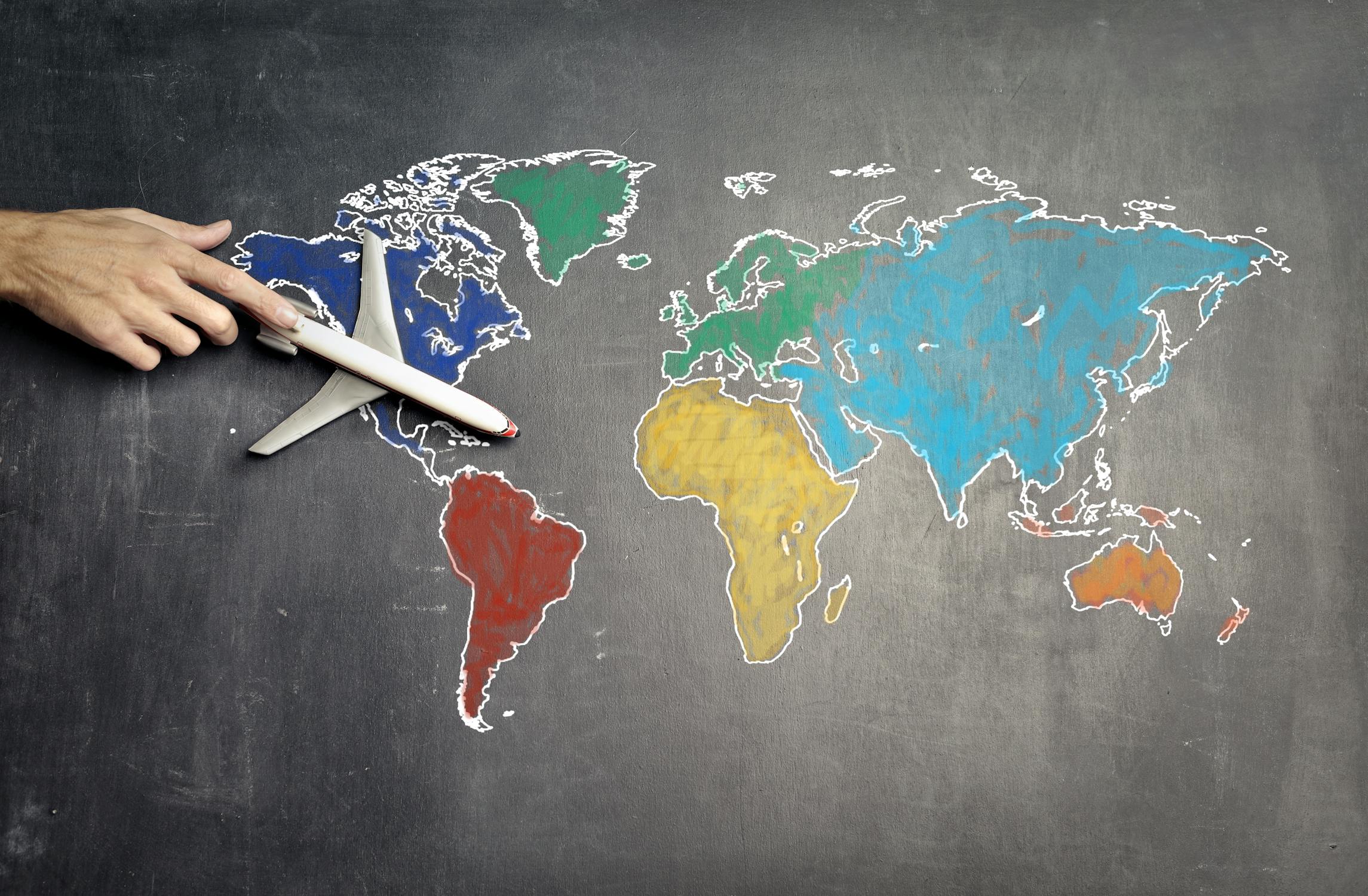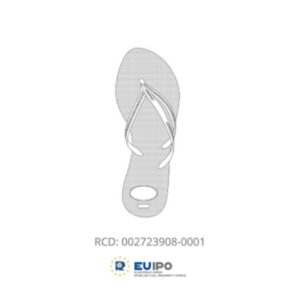
In today’s increasingly globalized market, protecting your brand is essential for maintaining a competitive edge. One way to safeguard your brand is through global trademark registration. This article will guide you through the process of registering your trademark worldwide, discussing the costs, benefits, and strategies for successful international brand registration.
Understanding Global Trademark Registration
What is a Trademark?
A trademark is a symbol, word, or phrase that identifies and distinguishes a company’s products or services from those of other businesses. Trademarks help protect your brand’s reputation and value by preventing competitors from using similar marks that could cause confusion in the marketplace.
Why Register a Trademark Globally?
Global trademark registration allows businesses to protect their brand across multiple countries simultaneously. This can be especially beneficial for companies planning to expand into new markets, as it helps prevent trademark infringement and ensures brand consistency across different jurisdictions.
Types of International Trademark Registrations
There are two primary ways to register a trademark internationally:
- National applications: Registering your trademark individually in each country where you want protection.
- Regional or international systems: Using systems like the Madrid System or the European Union Intellectual Property Office (EUIPO) to register your trademark across multiple countries with a single application.
World Trademark Register
Madrid System
The Madrid System, administered by the World Intellectual Property Organization (WIPO), is a popular method for registering trademarks globally. It allows businesses to file a single application that covers multiple countries, streamlining the process and reducing costs.
European Union Intellectual Property Office (EUIPO)
For businesses looking to protect their trademark within the European Union, the EUIPO offers a single registration process that covers all EU member states. This is known as the European Union Trade Mark (EUTM) and provides uniform protection throughout the EU.
Trademark Registration Worldwide: Steps and Process
- Conduct a comprehensive trademark search to ensure your mark is unique and not already registered.
- Determine the appropriate classification for your goods or services.
- Decide on the countries or regions where you want to register your trademark.
- Prepare and file your trademark application, either through national applications or international systems like the Madrid System or EUIPO.
- Respond to any objections or office actions from the respective trademark offices.
- Monitor and enforce your trademark rights once registered.
International Brand Registration
International brand registration involves not only registering your trademark but also considering other aspects of your brand, such as domain names, social media handles, and local business registrations. By addressing these factors, you can establish a strong global presence and protect your brand from infringement.
Global Trademark Registration Cost
Costs for Different Jurisdictions
The costs for registering a trademark vary depending on the jurisdiction, the number of classes of goods or services, and the method of registration (national applications vs. international systems). Some countries may also require the use of a local agent, which can add to the overall cost.
Factors Affecting Costs
- Number of countries where you want to register your trademark.
- The complexity of the application process in each jurisdiction.
- The need for professional services, such as trademark attorneys or agents.
- Additional fees for translations, notarizations, or other requirements.
World Trademark Registration: Benefits and Advantages
- Consistent brand protection across multiple countries.
- Reduced likelihood of trademark infringement.
- Streamlined registration process through international systems.
- Enhanced brand reputation and recognition in global markets.
- The ability to enforce trademark rights in multiple jurisdictions.
Global Brand Registration: Tips and Strategies
- Conduct thorough research to ensure your brand is unique and not infringing on existing trademarks.
- Consider registering variations of your brand name or logo to prevent competitors from using similar marks.
- Stay up-to-date with changes in trademark laws and regulations in different countries.
- Monitor your trademark portfolio regularly to identify potential infringements or issues.
- Work with experienced trademark professionals to navigate complex international registration processes.
Managing and Monitoring International Trademarks
Maintaining and enforcing your international trademark rights is crucial for protecting your brand. This involves monitoring trademark databases and marketplaces to identify potential infringements, as well as working with legal professionals to take appropriate action against infringers.
Common Challenges in Global Trademark Registration
- Varying trademark laws and regulations across countries.
- Language barriers and cultural differences.
- High costs associated with registering and maintaining trademarks in multiple jurisdictions.
- The complexity of navigating different registration processes and legal systems.
- The need to manage and monitor trademarks effectively to prevent infringement.
How to Choose the Right Jurisdiction for Your Trademark
- Assess your current and future market expansion plans.
- Consider the costs and benefits of registering your trademark in specific countries.
- Analyze the level of trademark protection offered by different jurisdictions.
- Evaluate potential risks and challenges associated with registering your trademark in various countries.
- Consult with trademark professionals to make informed decisions.
Conclusion
Global trademark registration is essential for businesses looking to protect their brand in today’s competitive international marketplace. By understanding the costs, benefits, and strategies involved in registering your trademark worldwide, you can ensure consistent brand protection and maximize your brand’s value across different jurisdictions.
FAQs
What is the Madrid System?
The Madrid System is an international trademark registration system administered by WIPO that allows businesses to register their trademarks in multiple countries with a single application.
How much does global trademark registration cost?
The cost of global trademark registration depends on factors like the number of countries, the method of registration, and the need for professional services. Costs can vary widely depending on these factors.
What are the advantages of registering a trademark internationally?
Some advantages include consistent brand protection, reduced likelihood of trademark infringement, streamlined registration processes, and enhanced brand reputation and recognition in global markets.
How can I protect my brand beyond registering my trademark?
Consider registering domain names, social media handles, and local business registrations, as well as monitoring and enforcing your trademark rights in different jurisdictions.
What are some challenges in global trademark registration?
Challenges include varying trademark laws and regulations, language barriers, high costs, the complexity of different registration processes, and the need to manage and monitor trademarks effectively.
Written by Ellis Sweetenham – Senior Intellectual Property Law Consultant
After achieving a First Class LLB Law degree from Southampton Solent University in 2016, Ellis went on to complete an LPC LLM in Legal Practice in 2017 at the University of Law. Following her training, Ellis was admitted to the roll as a Solicitor in February 2019.
As part of her role as a Senior Intellectual Property Law Consultant, Ellis manages the team, and is there to advise all clients on any area of trade mark law. Ellis prides herself on her ability to act within her clients’ best interests at all times, pushing forward to assist them in ensuring their brand is fully protected. In addition to assisting Trademarkroom clients in protecting their brand, Ellis will also be on hand as part of her role as a Solicitor at sister company Lawdit Solicitors to assist with any contentious matters that may arise.











